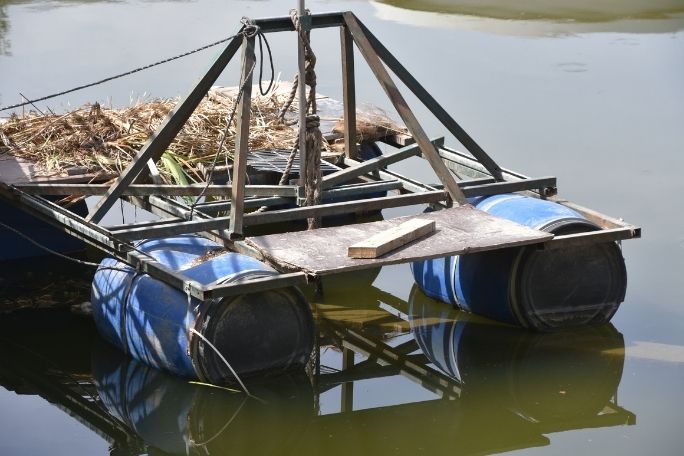Lesson summary
Students take part in a hands-on STEM building challenge. Students will follow a simple process, from planning to building a structure, and will then use a redesign phase to improve the structure. The students use STEM planners to work through the design challenge. To make the STEM challenge more interesting, students have limited materials to use in the build, stretching their design and construction skills.
Learning intentions:
Students will...
- understand elements of structural design
- work as part of a team
- develop a design plan.
Success criteria:
Students can...
- share ideas with others
- use a limited amount of materials to make a structure
- troubleshoot design flaws and make adaptations.
Lesson guides and printables
Curriculum links
Select your curriculum from the options below.
Lesson details
21st Century Skills
This lesson is designed to build students’ competencies in the following skills:
- adaptability
- collaboration
- creativity
- critical thinking
- problem solving
- social skills.
Curriculum Mapping
Australian curriculum content descriptions:
Years 3 & 4 Design and Technologies:
- describe how forces and the properties of materials affect function in a product or system (AC9TDE4K02)
- explore needs or opportunities for designing, and test materials, components, tools, equipment and processes needed to create designed solutions (AC9TDE4P01)
- use given or co-developed design criteria including sustainability to evaluate design ideas and solutions (AC9TDE4P04)
- sequence steps to individually and collaboratively make designed solutions (AC9TDE4P05)
Syllabus outcomes: ST2-13MW
General capabilities: Critical and creative thinking, Personal and social capability
Cross-curriculum priority: Asia and Australia’s Engagement with Asia
Relevant parts of Years 3 & 4 achievement standards:
Students create design solutions for each of the prescribed technologies contexts. They explain needs or opportunities and evaluate ideas and design solutions against identified criteria for success, including environmental sustainability considerations. Students plan and sequence major steps in design and production. They identify appropriate technologies and techniques and demonstrate safe work practices when producing designed solutions.
Unit of work: STEM Challenges — Primary
Time required: 55 mins
Level of teacher scaffolding: Medium to low. Teachers will be required to lead and facilitate the STEM design challenge at the start of the lesson. As the session progresses the students take the lead and the teaching role extends to a collaborative facilitator to assist the students in the STEM build
Resources Required
- blank paper or workbooks
- Buildings of Wonder Presentation
- butcher’s paper and pencils/markers
- device capable of presenting images to the class
- Student Worksheet (STEM Planner) – one copy between three or four students
- Variety of building materials (see Part B, Step 5).
Additional Info
This is an original Cool+ lesson.


Welcome back!
Don't have an account yet?
Log in with:
Create your free Cool.org account.
Many of our resources are free, with an option to upgrade to Cool+ for premium content.
Already have an account?
Sign up with:
By signing up you accept Cool.org's Terms and Conditions(Opens in new tab) and Privacy Policy(Opens in new tab).